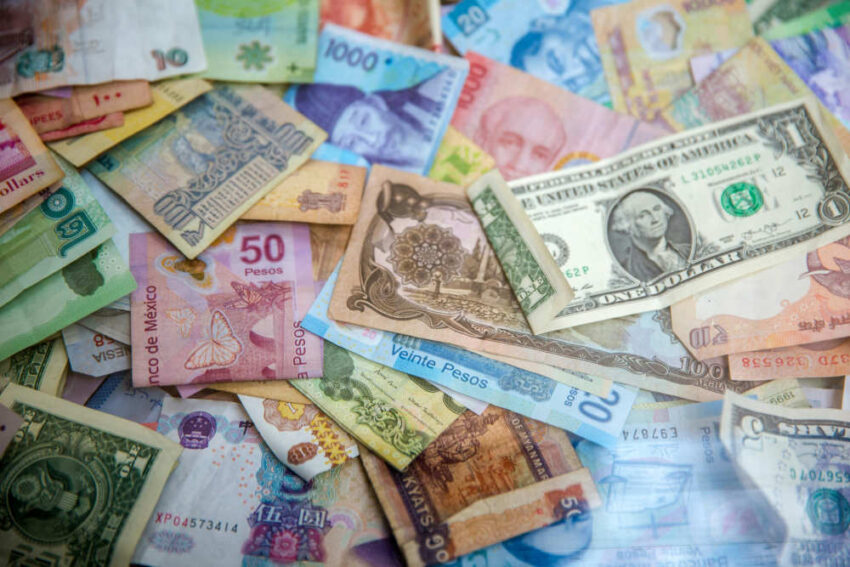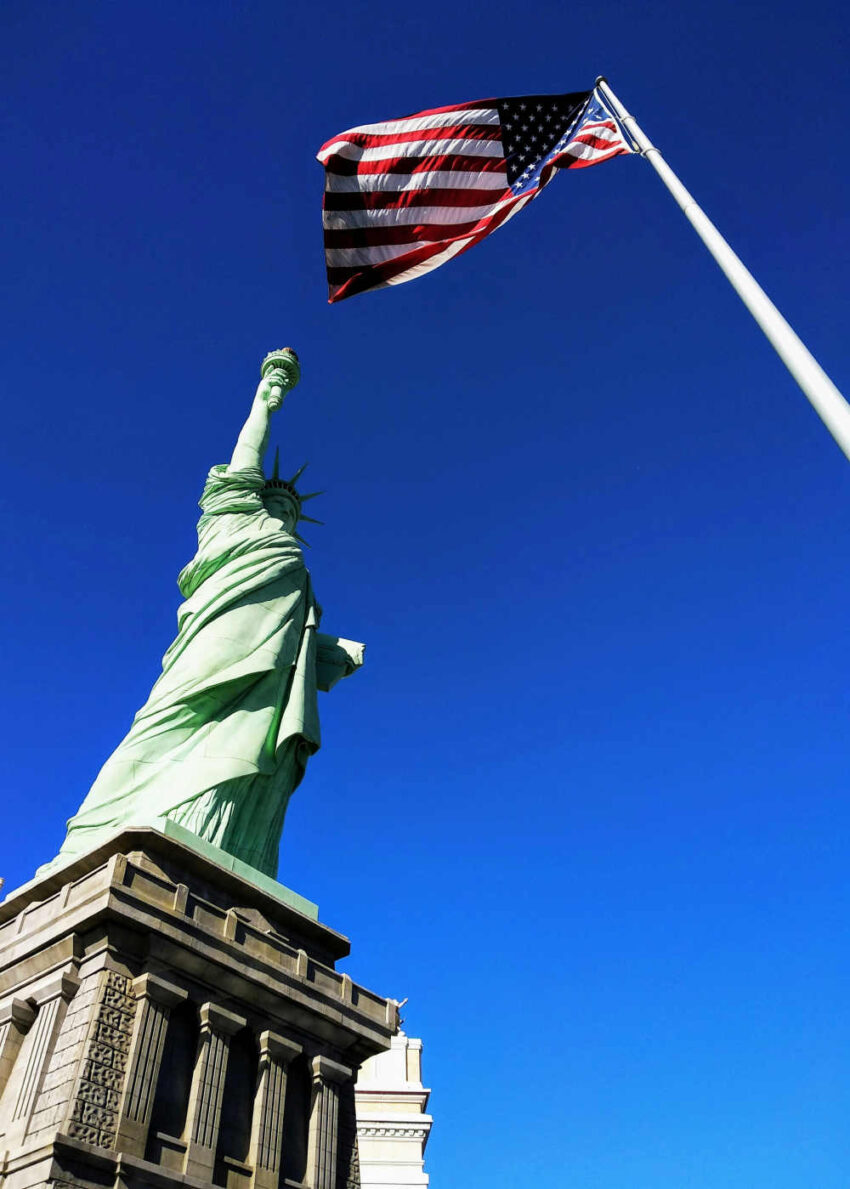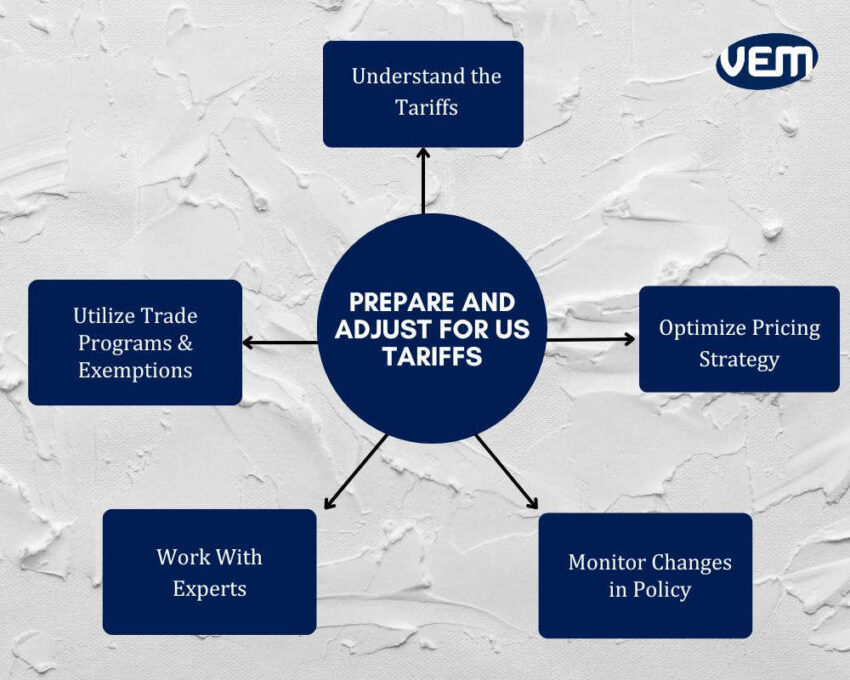

In any economic policy, implementing tariffs acts as a double-edged sword! They protect domestic industries to generate revenue but also lead to higher consumer prices, inflation, and trade tensions. It is essential to understand the benefits and the challenges so that economic stability can be ensured. In this article, we discuss the key aspects of Trump’s 2025 tariff policies.

Tariffs are a trade regulation tool that is a levy or a duty that a government imposes on imported goods. Tariffs are particularly designed to regulate foreign trade and protect domestic industries from international competition.
When a product crosses a country’s border, the government charges tariffs on imported goods. US import tariffs are duties paid on goods that are imported into the U.S.
Yes, tariffs are different from taxes. Tariffs affect the price of imported goods and are different from other types of taxes i.e. sales, income, and property taxes.
Tariffs directly impact the price of imported goods, which further leads to higher consumer prices. They can alter trade dynamics, and international relations and can be used as leverage in negotiations.
Companies that are importing goods pay tariffs to the federal government. The U.S. Customs and Border Protection collects tariffs from companies and businesses that import goods.
Businesses can accommodate tariffs in one of the following ways:
Governments impose tariffs for various economic, and strategic purposes. Let’s understand some of the primary reasons why the government imposes tariffs on imported goods:
Implementing tariffs enables governments to safeguard local industries from competition.
New industries in the market often struggle due to competition with established international players. Implementation of tariffs for such industries helps governments to level the playing field.
Some industries are more critical to national security than others E.g. Defense and Energy. Thus, dependence upon these particular industries for imports can be risky. Introducing tariffs for such industries reduces reliance upon external suppliers and promotes local production.
They indirectly promote domestic industries by making foreign products less competitive.
Ad Valorem is Latin for according to the value and is one of the most commonly applied US import tariffs. Ad valorem tax represents a fixed percentage tax on the value of the imports.
The next type is a specific tariff, which is levied as a fixed charge per unit of an imported good.
The next type of tariff that can be levied is a tariff-rate quota. These types of tariffs trigger a tax after a specific import threshold is reached. E.g. The first 1.5 million cars are taxed at 20% whereas the next units will be taxed at 40%.
United States President Donald Trump has consistently advocated for tariffs as a means to protect U.S. industries and reduce trade deficits. His approach is rooted in economic nationalism.

In February 2025, President Donald Trump’s administration implemented the following tariff measures:
A reciprocal tariff i.e. higher tariff on imports will be implemented upon countries that impose higher tariffs on U.S. goods. To further clarify, reciprocal tariffs will be imposed on countries that maintain raised tariffs on U.S. goods. This US tariff will particularly affect China, Vietnam, Brazil, and India.

The next US tariff that has been imposed is the Steel and Aluminium tariff. A 25% tariff has been imposed by President Donald Trump’s administration on all steel and aluminum imports. There are no exceptions for allied nations for this particular tariff. A potential exemption may be made for Australia but that is still to be decided.
A 25% tariff has been suggested to be implemented on all imports from Mexico and Canada. A 25% tariff on Mexico and Canada can disrupt integrated supply chains across North America requiring the implementation of new and organized solutions. This particular US tariff policy is currently on pause with the contingency that discusses the requirement of taking strong action against the flow of illegal drugs and immigration into the U.S. You can read more about the US tariff details here.
A 10% tariff has been implemented on all imports from China and just like the tariffs on Mexico and Canada, there is a contingency that discusses the requirement of addressing the increment of drug trafficking issues.
A 100% tariff has been proposed on all goods imported from Brazil, Russia, India, China, and South Africa (BRICS Nations). This particular US tariff will be imposed if the BRICS nations plan to develop a joint currency that is alternative to the U.S. dollar.
Trade policies have significantly changed in 2025 and here are some key strategies that you can implement to prepare and adapt for:

The first step is to understand the tariffs. You should try to thoroughly comprehend the U.S. tariff details to understand how your products are affected. You can research the details for U.S. import tariffs here.
You can try to adjust the pricing by passing on some or all of the tariff costs to customers. This should, however; be carried out strategically to stay competitive. You can also try to cut operational costs by streamlining logistics and reducing waste. Another way to optimize pricing strategy is by optimizing inventory management.
Tariff policies may undergo updates. It is necessary to monitor policy changes. You can stay updated on all the policies by following U.S. Customs and Border Protection (CBP) and Trade Publications.
A cogent way to prepare and adjust for US tariffs is by working with experts.

You can connect with trade consultants to get an understanding of tariff classifications and cost reduction. You can also connect with customs brokers to assist you with import compliance.
It is crucial to stay updated with the US tariff policy changes in 2025. In addition, it is necessary to explore new strategies to maintain your supply chain and profitability.
We have our factories set up in various countries which benefits us to deal with quickly changing tariffs. If you’d like to know more, please contact us, we are happy to help.